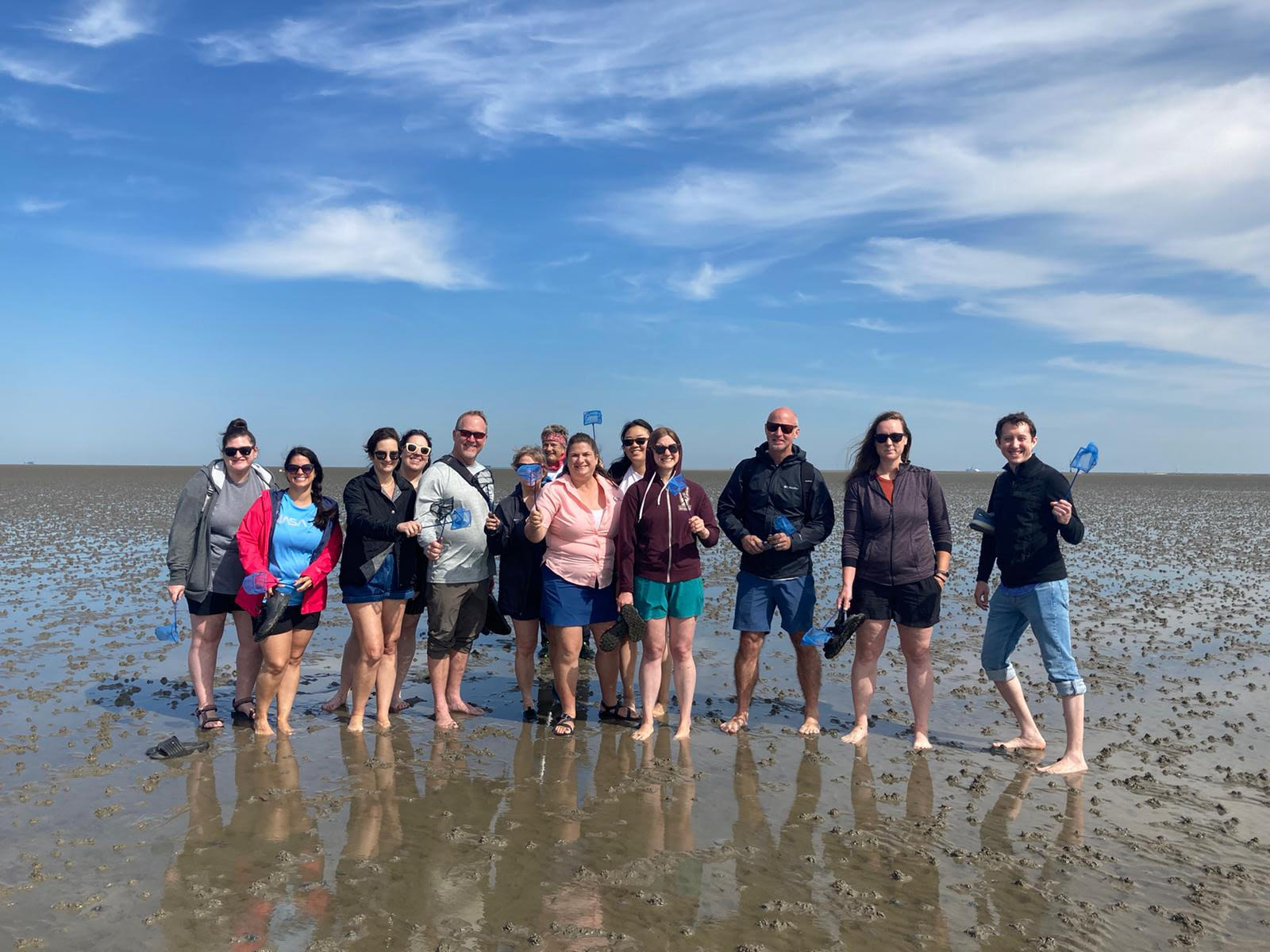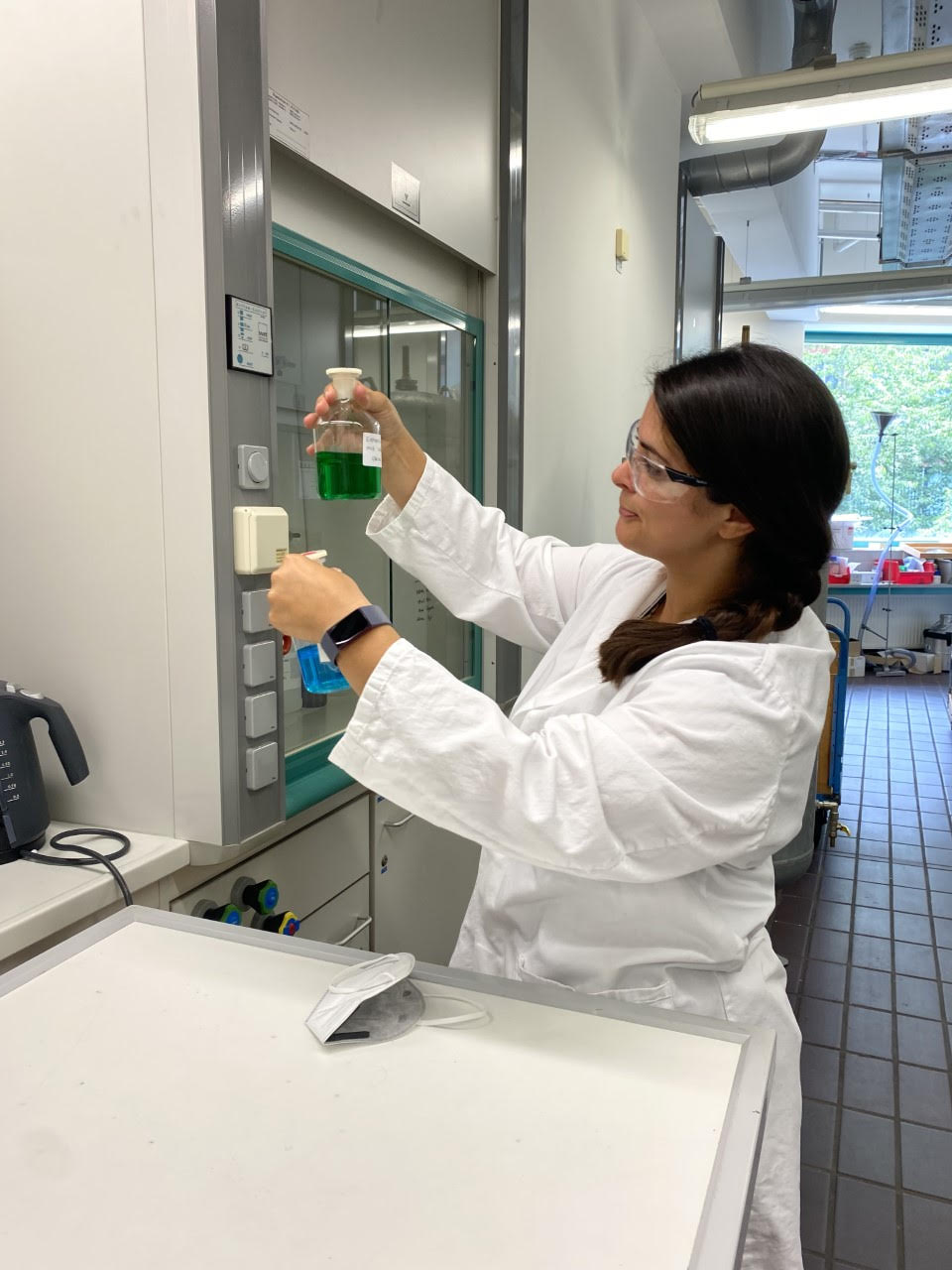How She Spent Her Summer Vacation


Calvert teacher studies STEM in Germany
By Molly Weeks Crumbley
School may have been out for her students over the summer, but not for teacher Holly Fallica. Fallica, a 7th grade science teacher at Calvert Middle School, became a student herself when she participated in a summer study program in Germany.
Her travels and studies came courtesy of the DC-based Goethe-Institut Transatlantic Outreach Program, which has spent 20 years providing educational opportunities to North American teachers and professionals. The goal of TOP is to give American educators new ideas, instructional strategies, and lesson plans for the 2022-2023 school year, which will reach an estimated 5,000 K-12 students.
Germany is a world leader in the fields of STEM (science, technology, engineering, and mathematics), and the opportunity to go there has been a long time coming for Fallica. “In 2020, I was awarded a trip to Germany to learn about the schools, sustainability practices, and STEM of Germany. Because of COVID, this trip had been deferred for nearly 3 years until this past June and July,” she explains. “This summer I finally had the opportunity to go.”
Fallica was part of a tour created especially for middle school STEM teachers, and she was the only Marylander in the group of 14. She joined teachers from Massachusetts, Kansas, South Dakota, Minnesota, Arkansas, and South Carolina.
“German partnerships helped pay for this opportunity so that we can come back with lessons to teach our students about German culture and experience,” said Fallica.
After webinars and an orientation to help familiarize themselves with German language and culture, Fallica and her fellow educators arrived on the other side of the Atlantic ready to jump headfirst into a two-week long itinerary that included visits to German schools, chemistry labs, community gardens, museums, and historical sites, and unique ecosystems.
The curriculum centered around four main areas of study: sustainability, renewable energy, climate change, and ecosystems.
Fallica particularly enjoyed her outing to Schleswig-Holstein Wadden Sea National Park, where the group explored the UNESCO World Heritage ecosystem of tidal mudflats that play host to a great number of migratory birds. “It was fun comparing this ecosystem to our Chesapeake Bay ecosystem back home,” she said. Other—less muddy—highlights for her included STEM-oriented visits to museums and facilities in Berlin.
“We toured many museums to learn about STEM opportunities and what scientists are currently working on in the labs. One big focus we noticed is the practice of sustainability. It was everywhere in Germany including in the schools and city restaurants.”
At Mercedes Benz, her group learned about career opportunities and the technology currently being used in the electric vehicle manufacturing industry, of particular note since the European Union has a goal of doing away with combustible engines by the year 2035.
Now home again, Fallica and her TOP classmates are ready to head back to their classrooms armed with new ideas and experiences. She encourages other educators to consider applying for future TOP study programs through the Goethe-Institut.
“I cannot wait to share more with my CCPS colleagues this fall,” she says.
See pictures and stories from her experience on her Twitter feed @hfallica. Learn more about the TOP program: goethe.de/top. TOP is a public/private partnership of the Federal Foreign Office of Germany, the Goethe-Institut, Deutsche Bank AG, and Siemens AG.
